World War II: The Fall of Imperial Japan
1. On Monday, 6 August 1945 of the year, an atomic bomb dropped from an Enola Gay B-29 American aircraft exploded over Hiroshima. At the time of the explosion, 80 000 people died, and about 60 000 who survived the explosion died within the next five years from injuries, burns, and radiation sickness. (AP Photo / US Army via Hiroshima Peace Memorial Museum)
2. North American B-25 Mitchell bombing Japanese destroyer, April 1945. (USAF)
3. American soldiers from the 25 Division on the island of Luzon, Philippines, pass by the body of the Japanese, thrown by an explosion on a sharp stump. (AP Photo / US Signal Corps)
4. This aerial shot provides an opportunity to imagine what power was needed to break the Japanese defenses at Iwo Jima on March 17, 1945. Landing ships expect an opportunity to approach the shore, small boats scurry from shore to transport and vice versa, bringing reinforcements to the shore and taking the wounded away. On the horizon are transports and escorts of destroyers and cruisers. On the shore, next to the first left airfield, an offensive is visible tanks marine corps. (AP Photo)
5. A US Marine next to Japanese bodies ejected from a concrete fortification on Iwo Jima, 3 March 1945. (AP Photo / Joe Rosenthal).
6. The Japanese surrender, Iwo Jima, April 5 1945. Twenty Japanese hid in a cave for several days before giving up. (AP Photo / US Army Signal Corps)
7. The anti-aircraft gun is firing at an already padded Japanese aircraft going to collision with the American escort aircraft carrier Sangeon during the battle at the Ryukyu Islands, 4 in May 1945 of the year. This plane fell into the sea, but another crashed to the deck, causing severe damage. (AP Photo / US Navy)
8. The flames on the deck of the American aircraft carrier "Bunker Hill", in which two kamikaze pilots crashed into 30 seconds, 11 in May 1945, near Kyushu Island. Killed 346 people, 264 injured. (US Navy)
9. Tanks of the sixth division of the US Marine Corps on the outskirts of Naha, the capital of Okinawa, 27 May 1945. (AP Photo / US Marine Corps)
10. A US Marine looks at the effects of the bombardment of Naha, Okinawa, 13 Jun 1945, through a hole in the wall. The city where the 433 000 people lived before the invasion began was turned into ruins. (AP Photo / US Marine Corps, Corp. Arthur F. Hager Jr.)
11. Boeing B-29 Bomber Link Superfortress from the 73 th US Air Force Wing over Mount Fuji, 1945 Year. (USAF)
12. Fires after bombardment by the incendiary bombs of the city of Tarumiza, Kyushu, Japan. (USAF)
13. Night Toyama, Japan, 1 August 1945 of the year after the 173 bomber dropped incendiary bombs on the city. As a result of this bombing, the city was destroyed by 95.6%. (USAF)
14. View of bombarded areas of Tokyo, 1945 year. Next to the burned to the ground and the ruined quarters - a strip of surviving houses. (USAF)
15. In July, 1945, the development of the atomic bomb entered the final stage. The head of the Los Alamos center, Robert Oppenheimer, oversees the assembly of the “device” at the test site in New Mexico. (US Department of Defense)
16. Fireball and blast wave, 0,25 sec. after the atomic bomb in New Mexico, 16 July 1945 of the year. (US Department of Defense)
17. Incendiary bombs from American B-29 fall on Kobe, July 4 1945, Japan. (USAF)
18. The charred corpses of civilians in Tokyo, 10 March, 1945, after the bombing of the city by the Americans. 300 aircraft B-29 dropped 1700 tons of incendiary bombs on the largest city in Japan, resulting in the death of 100 000 people. This airstrike was the most cruel of the entire Second World War. (Koyo Ishikawa)
19. Destruction in residential areas of Tokyo, caused by American bombing. Photo taken on September 10 1945. Only the strongest buildings survived. (AP Photo)
20. B-29 Superfortress over Kobe, Japan, July 17 1945 of the year. (AP Photo)
21. After the Potsdam Conference on July 26, at which the Allies discussed the conditions for Japan’s surrender and stressed the need for “complete defeat” in the event of a rejection of surrender, secret preparations were made for using the world's first atomic bomb. In this photo is the “Baby” bomb on the platform, ready for loading into the bomb compartment of the Enola Gay plane, August 1945. (Nara)
22. An American bomber B-29 Superfortress called “Enola Gay” took off from Tinian Island in the early morning of August 6 with the “Kid” on board. In 8: The 15 bomb was dropped from a height of 9400 meters, and after 57 seconds of free fall, it exploded at an altitude of 600 meters above Hiroshima. At the moment of detonation, a small charge initiated a reaction in 7 from 64 kg of uranium. Of these 7 kilograms, only 600 milligrams turned into energy, and this energy was enough to incinerate everything within a radius of several kilometers, flatten the city with a powerful blast wave and pierce everything alive with deadly radiation. In the photo: a column of smoke and dust over Hiroshima reached a height of 7000 meters. The size of the dust cloud on the ground reached 3 km. (Nara)
23. Smoke over the ruins of Hiroshima, August 7 1945. At the time of the explosion, 80 000 people died, and about 60 000 who survived the explosion died within the next five years from injuries, burns, and radiation. (AP Photo)
24. "Eternal shadows" on the bridge over the Ota River, formed from the flash at the time of the explosion of the atomic bomb over Hiroshima. Lighter areas on the asphalt remained where the coating was protected from light of the flash by the bridge railing. (Nara)
25. Military physicians assist survivors of the Hiroshima nuclear explosion, 6 August 1945. (AP Photo)
26. Shadow of a vent on a gas pipe, 2 km from the epicenter of the explosion, Hiroshima, August 6 1945. (AFP / Getty Images)
27. Nuclear explosion victim in quarantine, Hiroshima, 7 August 1945, the day after the bombing. (AP Photo / The Association of the Atomic Bomb Destruction of Hiroshima, Yotsugi Kawahara)
28. A Japanese soldier is walking on the scorched earth in Hiroshima, September 1945. (Nara)
29. A few days before the bombing of Hiroshima, the second atomic bomb, Fat Man, is being prepared for loading onto a transport trolley, August 1945 of the year. When, after the attack on Hiroshima, the Japanese refused to surrender, US President Harry Truman made a statement where there are such lines: "If they do not accept our surrender conditions, they can expect destructive air strikes, which have never been like this." (Nara)
30. The atomic bomb "Fat Man" was dropped from the B-29 "Boxcar" aircraft and exploded in 11: 02 at a height of 500 m above Nagasaki. The explosion killed 39 000 people and 25 000 injured. (USAF)
31. Photograph taken shortly after the atomic bombing of Nagasaki on August 9, 1945. This image was taken by the US Army from an agency. News Domey, showing workers clearing the road at the scene of the explosion, was the first shot taken after the bombing of Nagasaki. (AP Photo)
32. The only thing that retained at least some form on this hill after a nuclear explosion, were the ruins of a Catholic cathedral, Nagasaki, Japan, 1945 year. (Nara)
33. Dr. Nagai, a medical radiologist from Nagasaki Hospital after the atomic explosion. A few days after this picture was taken, Nagai died. (USAF)
34. People on the ashes of Nagasaki. The atomic bomb in the epicenter had a temperature of about 3900 degrees Celsius. (USAF)
35. 9 August 1945, the Soviet army entered Manchuria and, on three fronts, a total of about one million people, attacked the Kwantung Army of Japan. Soon the Soviet army won, which accelerated Japan’s surrender. In the photo: a column of tanks in the street of the Chinese city of Dalian. (Waralbum.ru)
36. Soviet soldiers on the banks of the Sungari River in the city of Harbin. Soviet troops liberated the city from the Japanese 20 August 1945 of the year. At the time of the surrender of Japan, in Manchuria were about 700 000 Soviet soldiers. (Yevgeny Khaldei / waralbum.ru)
37. Japanese soldiers surrender weapon, and the Soviet officer makes notes in a notebook, 1945 year. (Yevgeny Khaldei / LOC)
38. A Japanese prisoner of war on the island of Guam after Emperor Hirohito announced the unconditional surrender of Japan 15 on August 1945. (AP Photo / US Navy)
39. Sailors in Pearl Harbor, Hawaii, listen to the announcement of Japan’s surrender, 15 August 1945, on the radio. (AP Photo)
40. A crowd in Times Square in New York is greeted by the news of Japan's surrender, 14 on August 1945. (AP Photo / Dan Grossi)
41. Sailor and Nurse kissing on Times Square in New York. The city celebrates the end of the Second World War, 14 August 1945 of the year. (AP Photo / US Navy / Victor Jorgensen)
42. The signing of surrender documents aboard the battleship Missouri of the US Navy in Tokyo Bay, September 2 1945. General Yoshihiro Umetsu on behalf of the Japanese Armed Forces and Foreign Minister Mamoru Shigemitsu on behalf of the government signed an act of surrender. Both were later charged with war crimes. Umetsu died in custody, and Shigemitsu was pardoned in 1950 and worked for the government of Japan until his death in 1957. (AP Photo)
43. Dozens of aircraft F-4U Corsair and F-6F Hellket over the Missouri battleship during the signing of the surrender of Japan, 2 September 1945 of the year. (AP Photo)
44. The US military in Paris celebrates Japan’s unconditional surrender. . (Nara)
45. An Allied journalist on a pile of radioactive ruins in Hiroshima, Japan, a month after the explosion of the world's first atomic bomb. Before him - the remains of the building of the exhibition center, directly above the dome of which the bomb exploded. (AP Photo / Stanley Troutman)
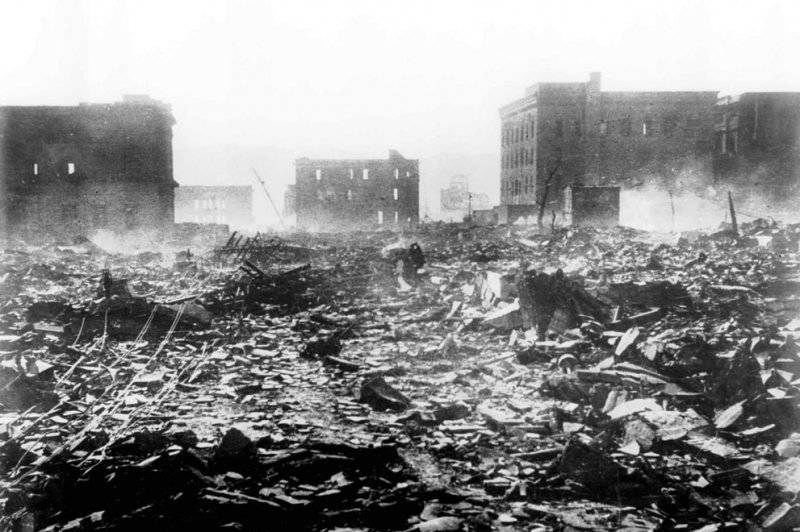
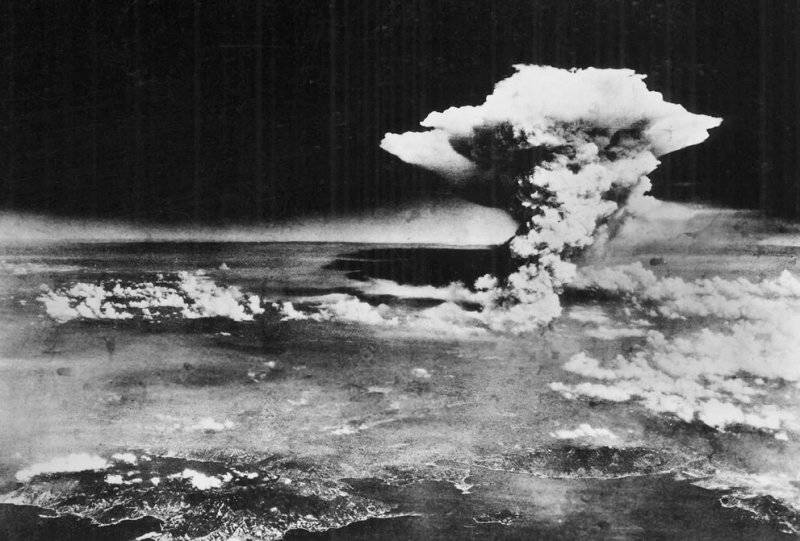
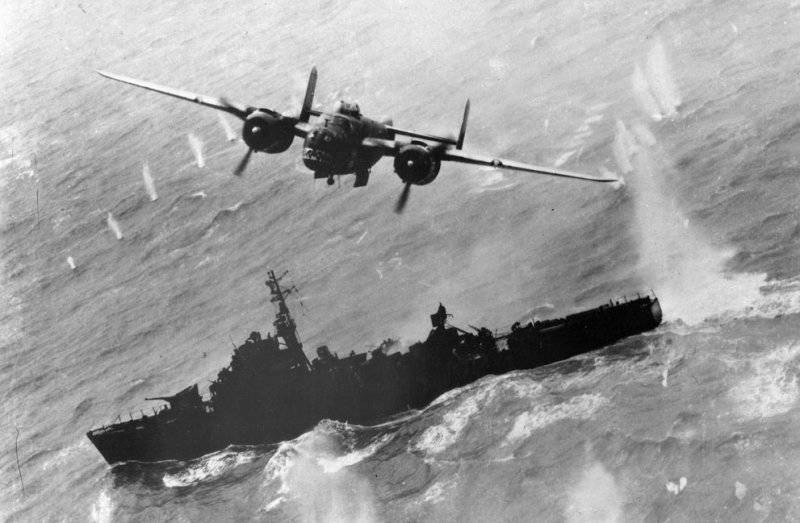
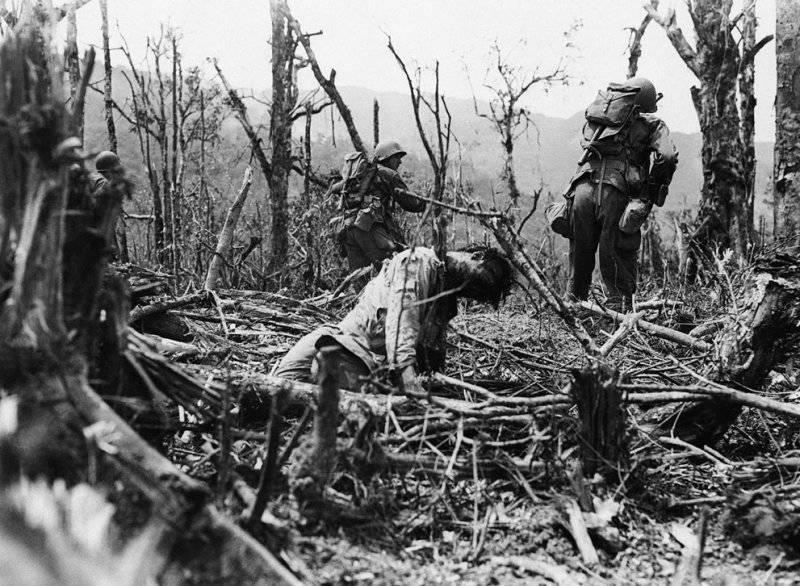
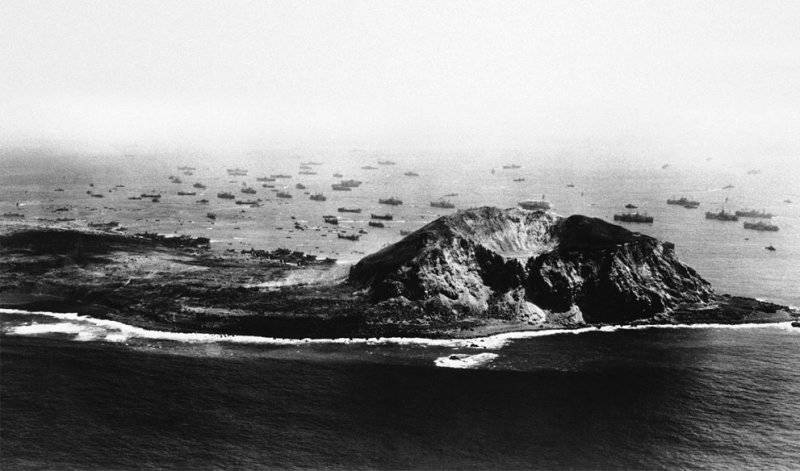
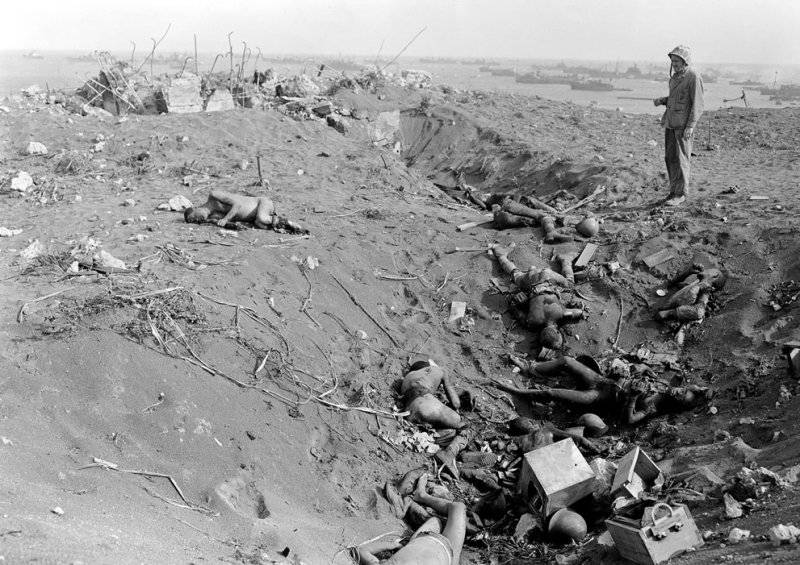
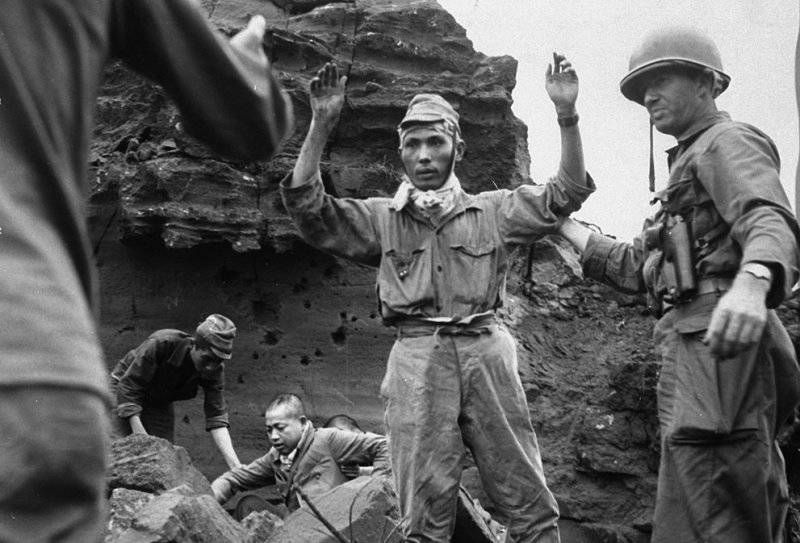
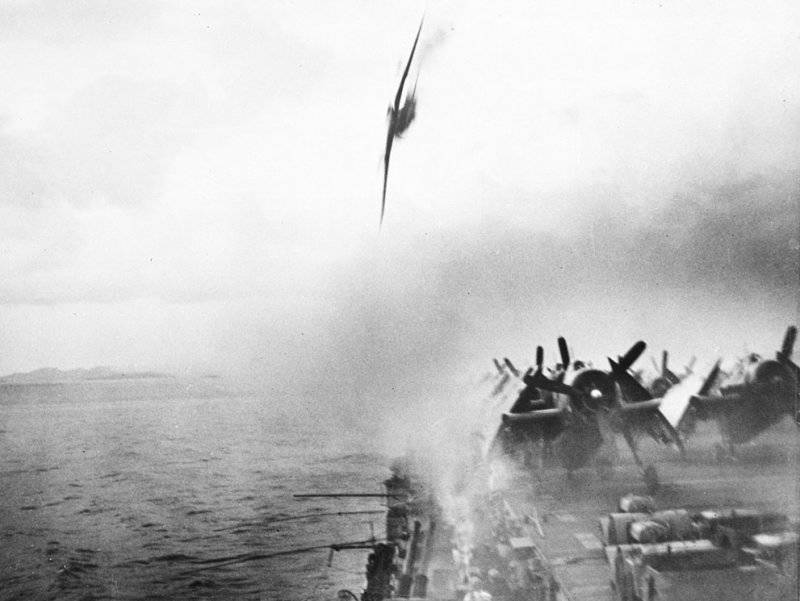
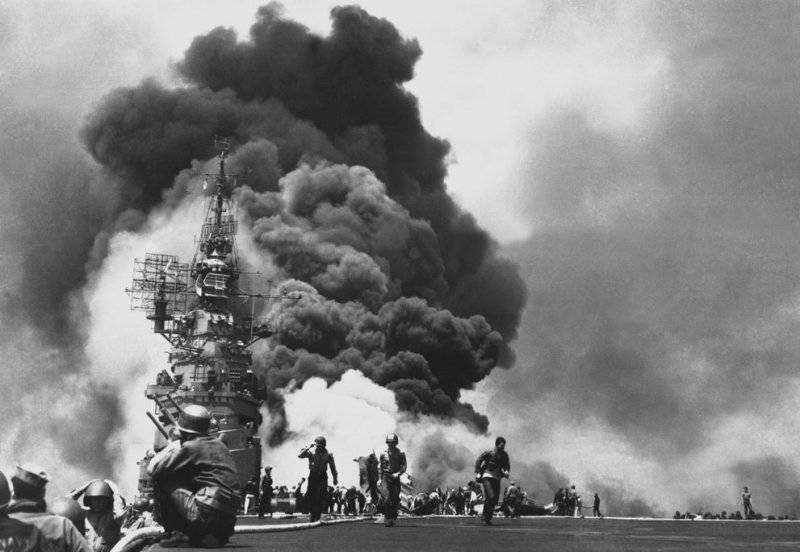
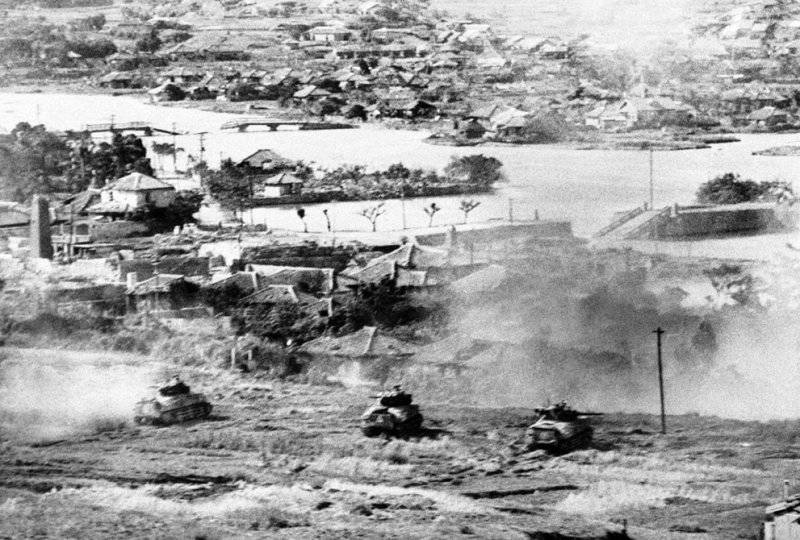
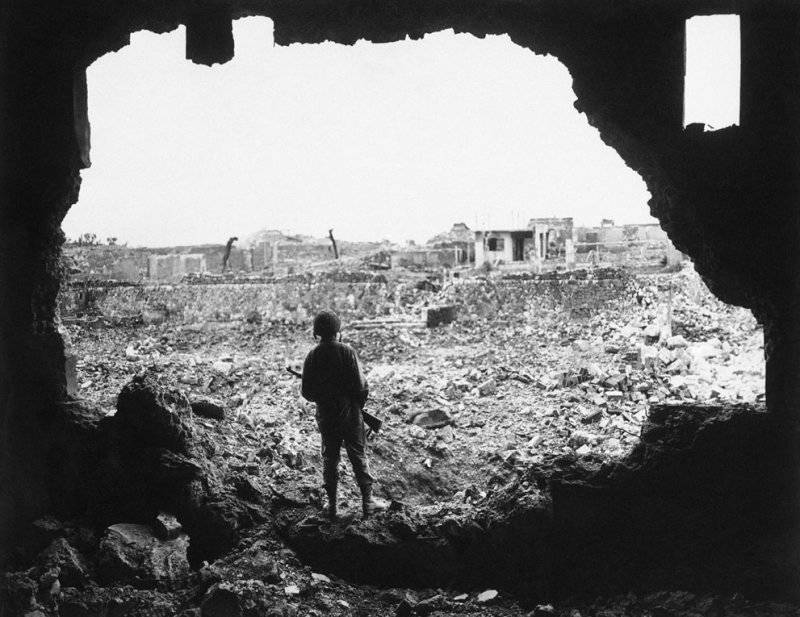
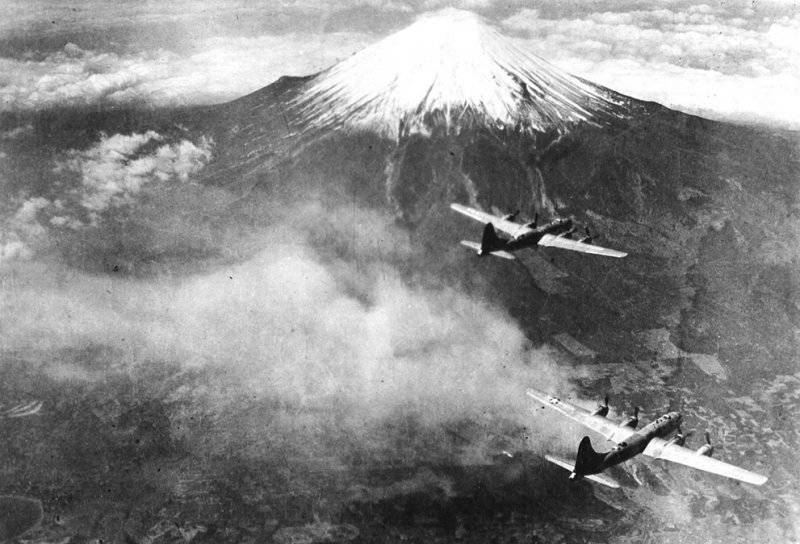
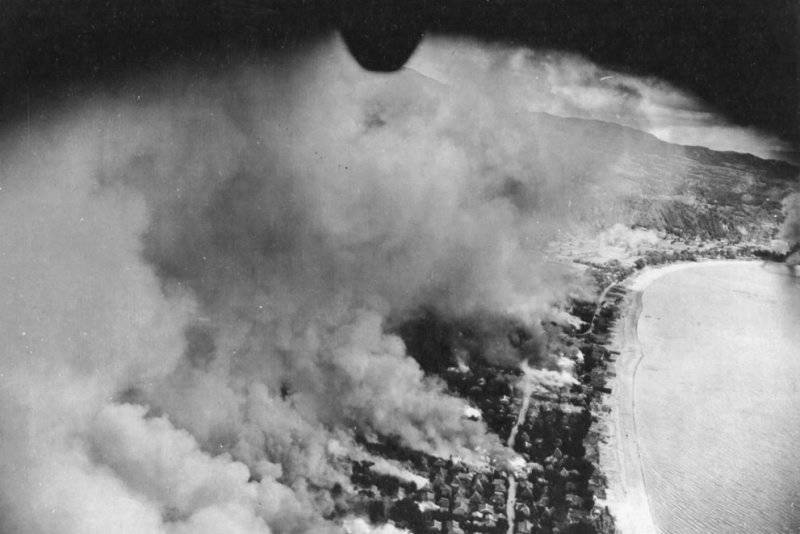
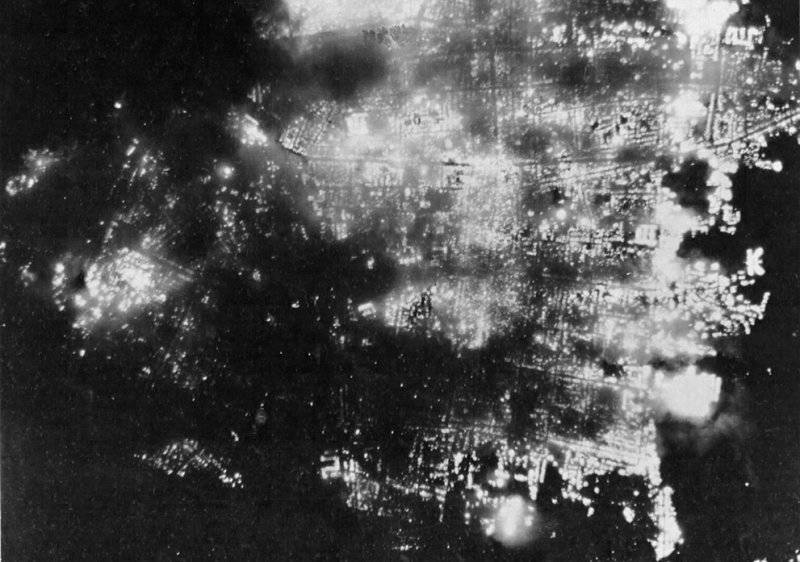
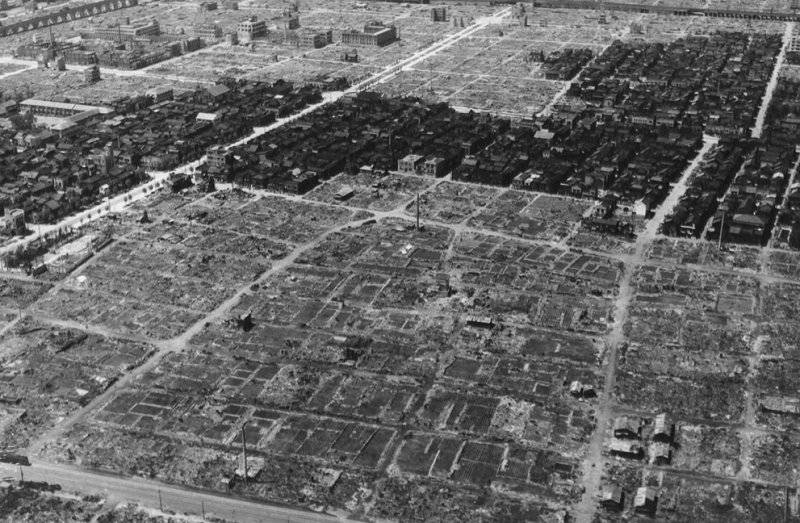
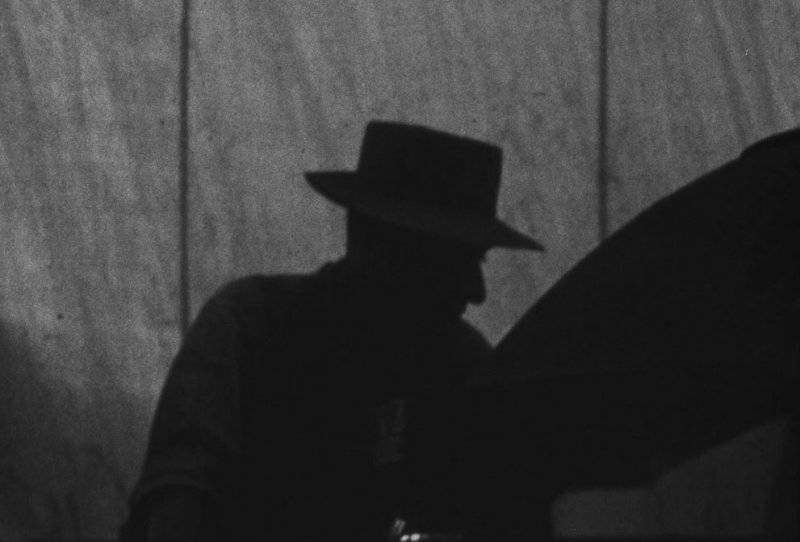
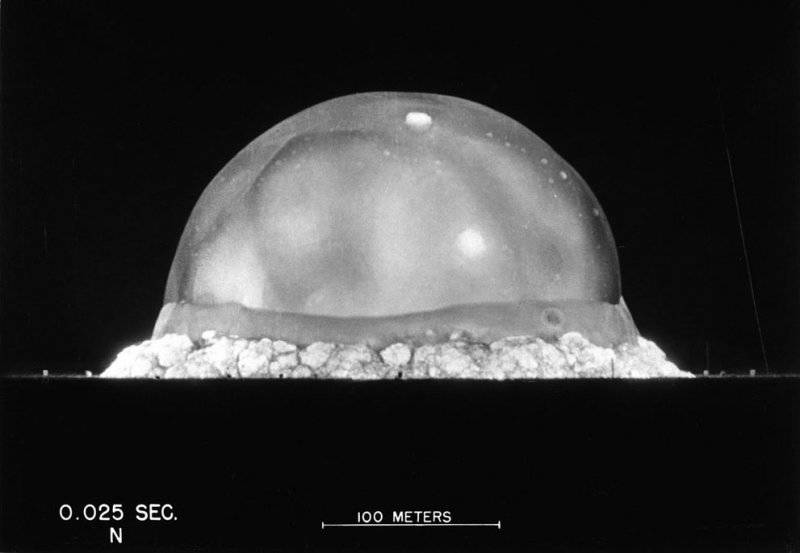
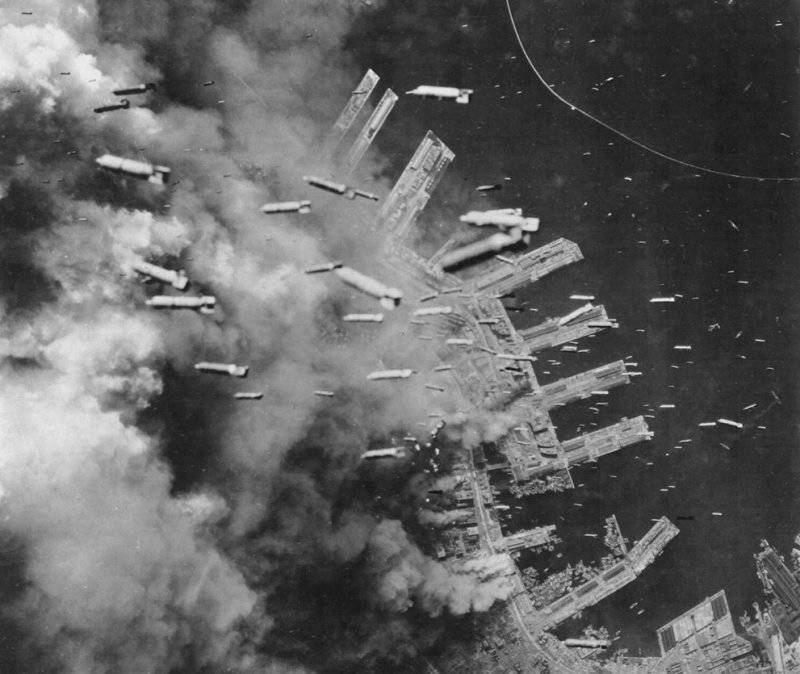
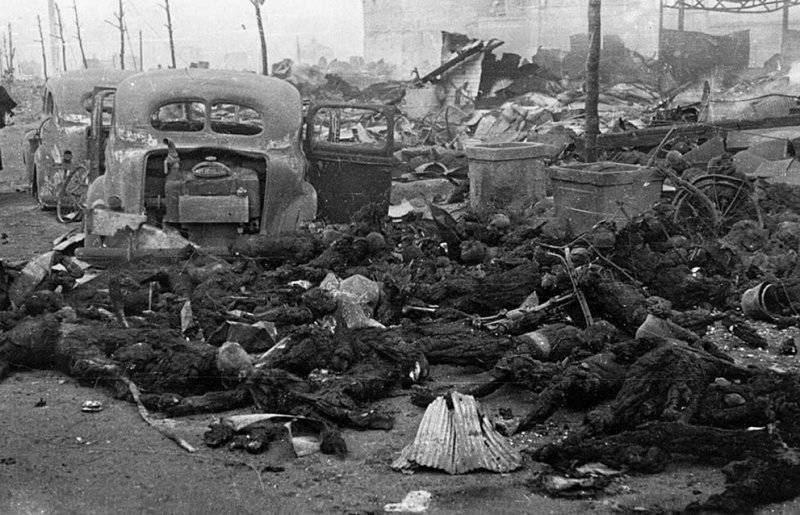
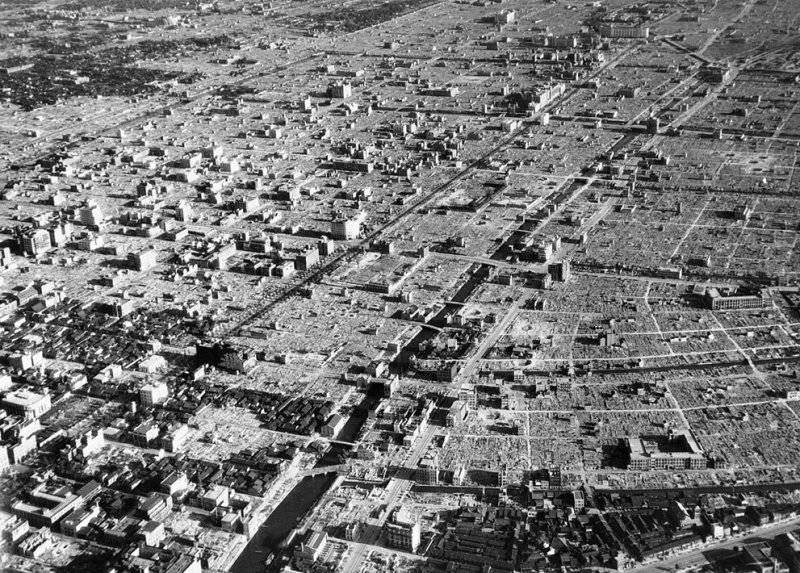
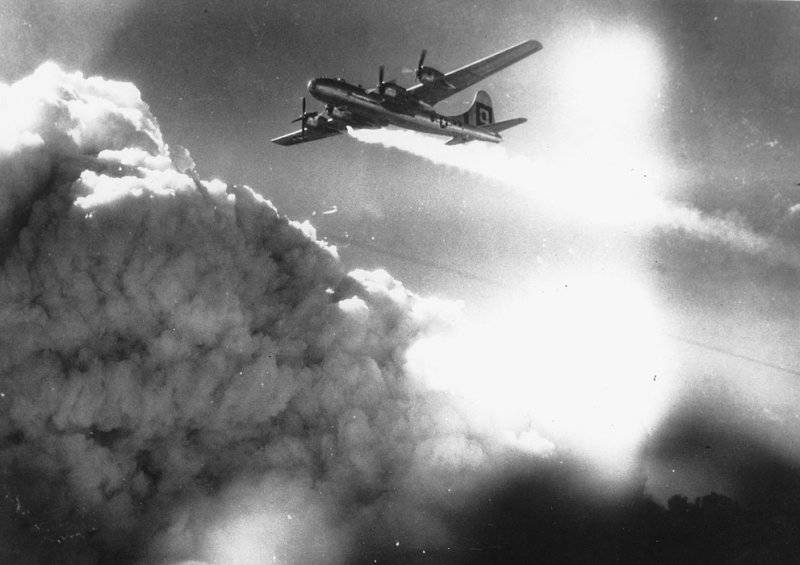
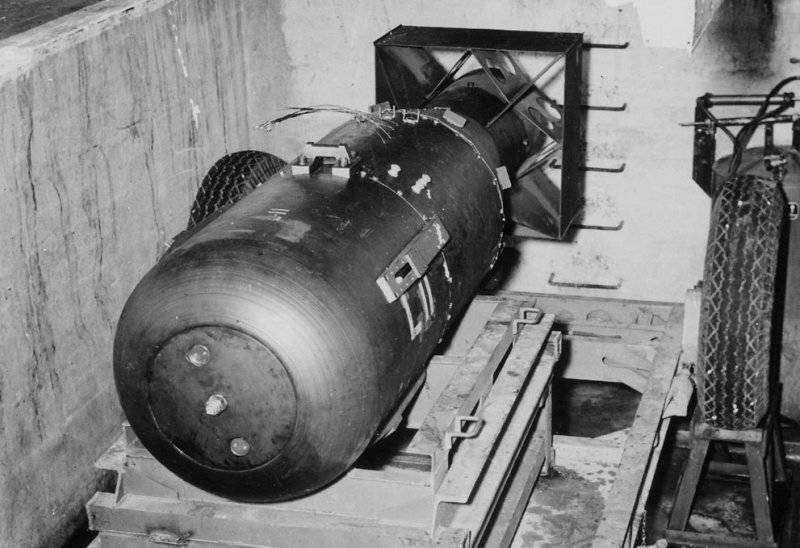
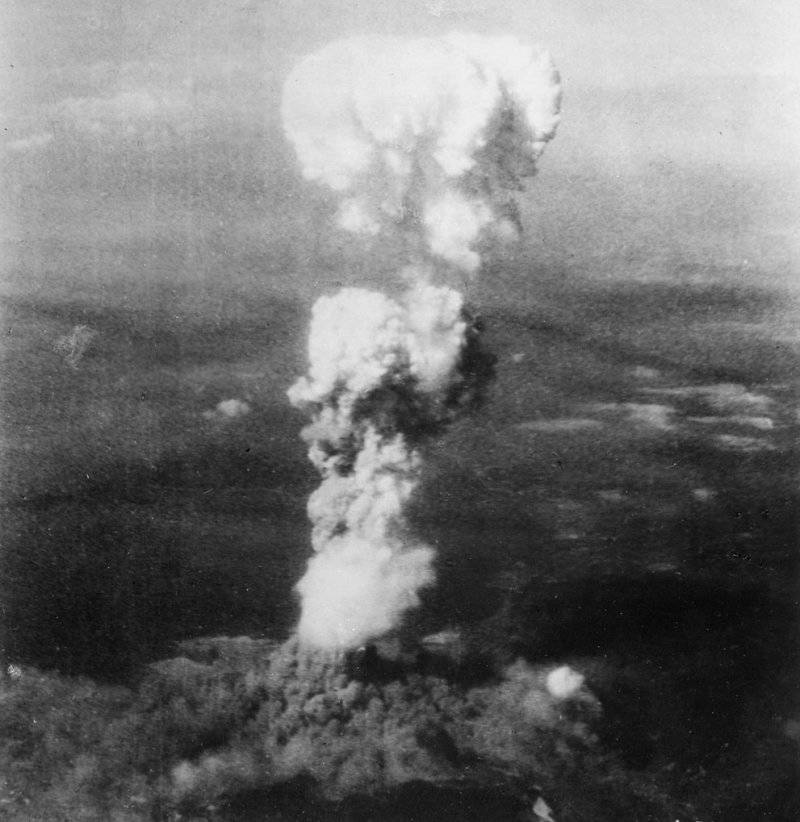
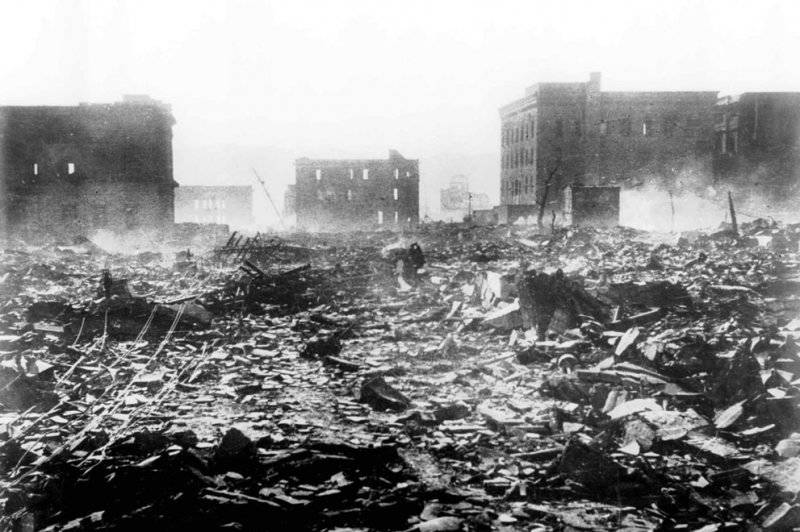
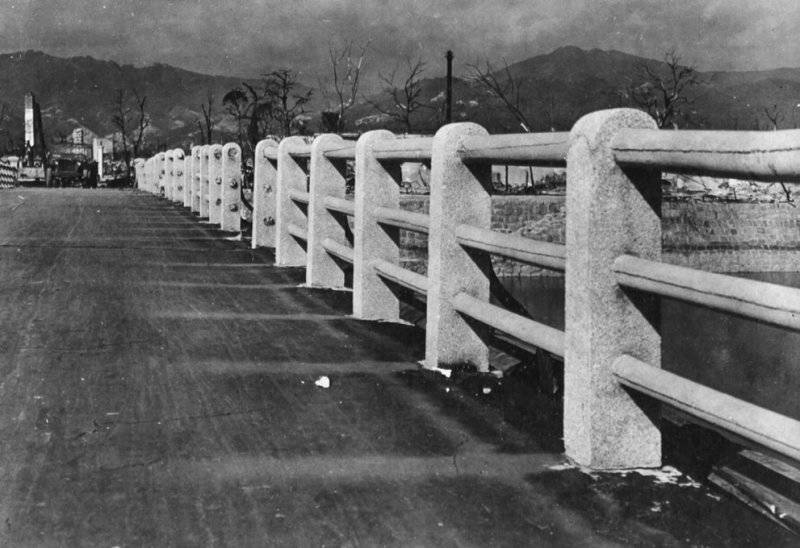
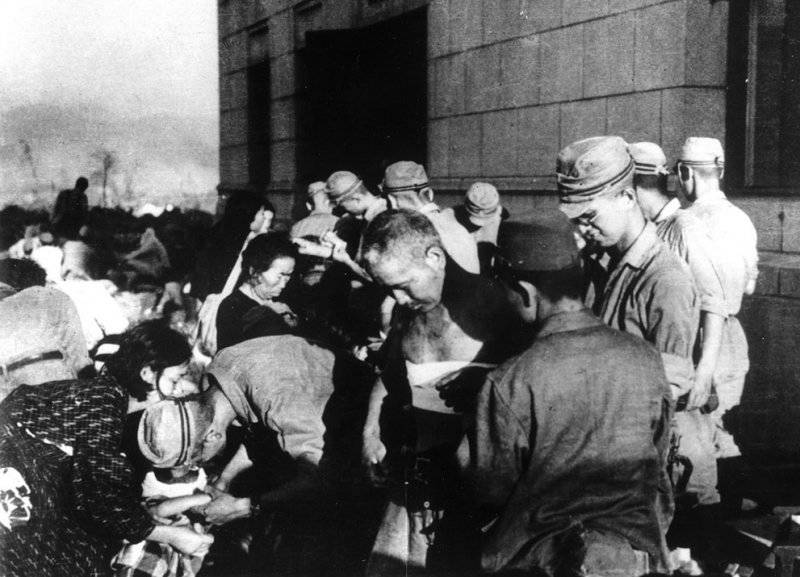
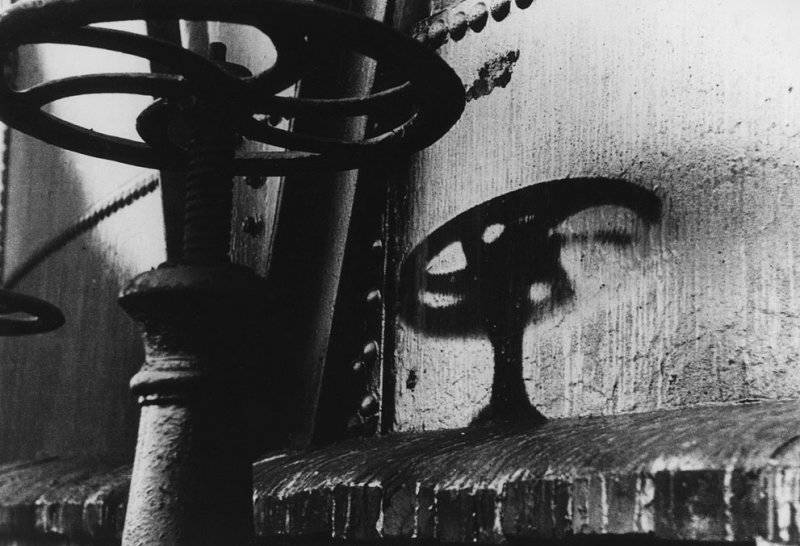
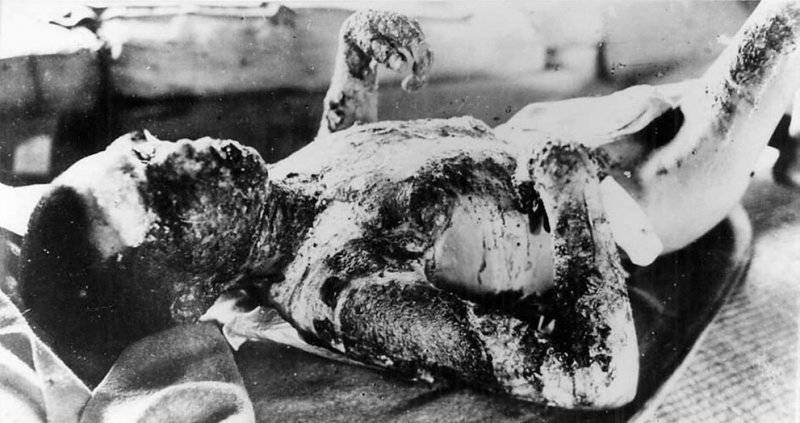
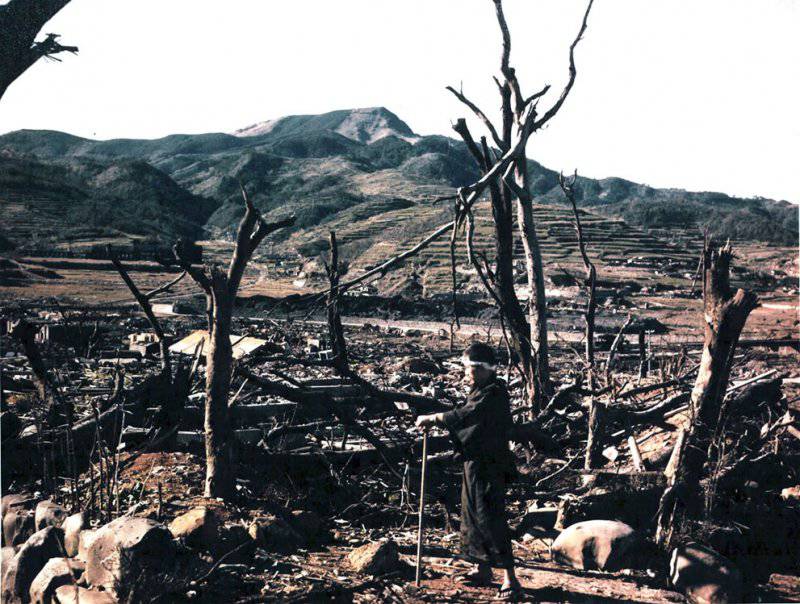
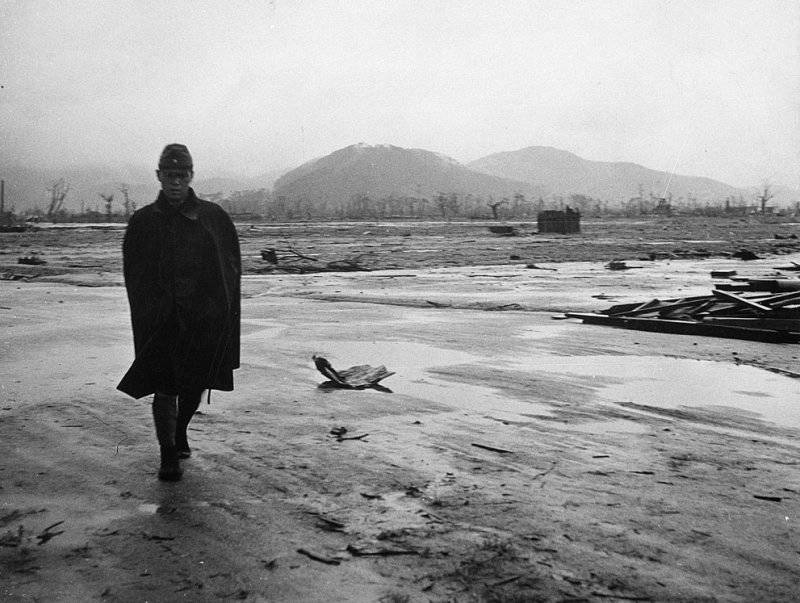
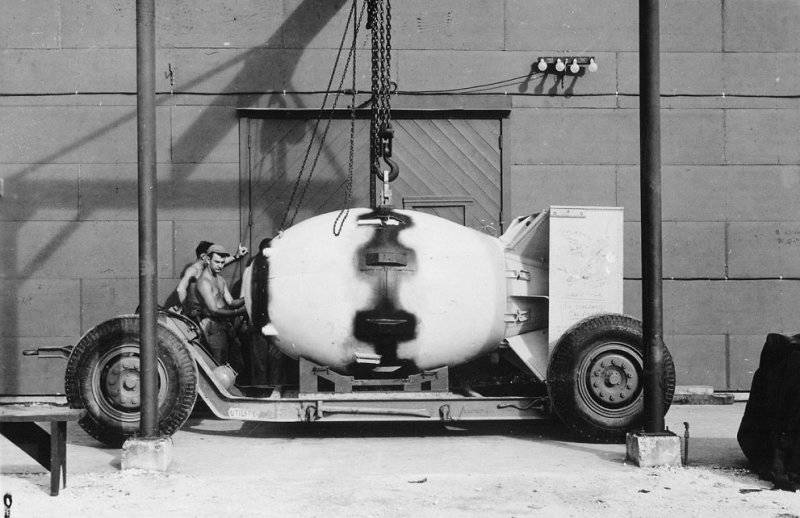
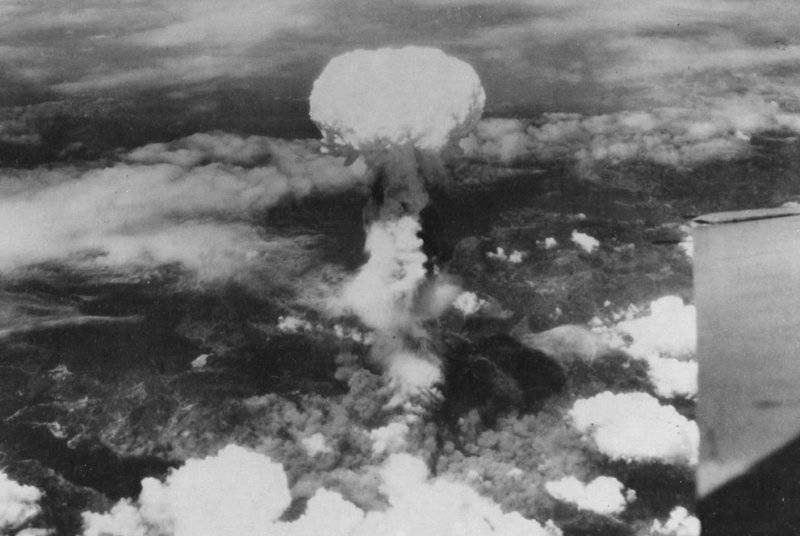
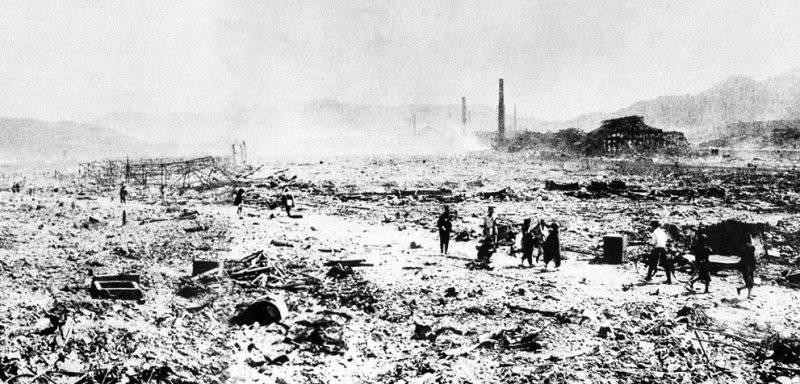
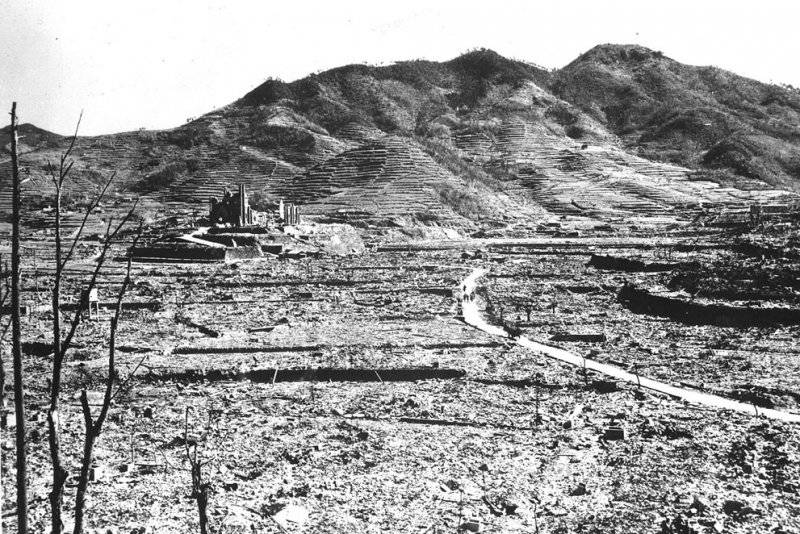
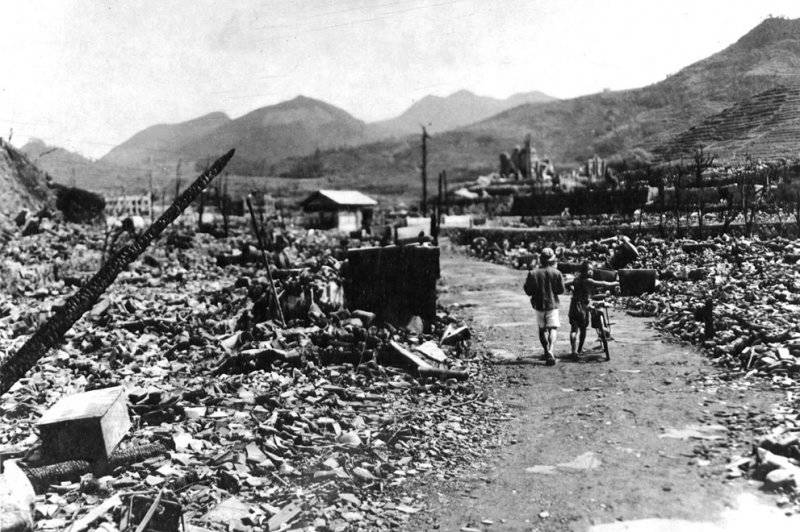
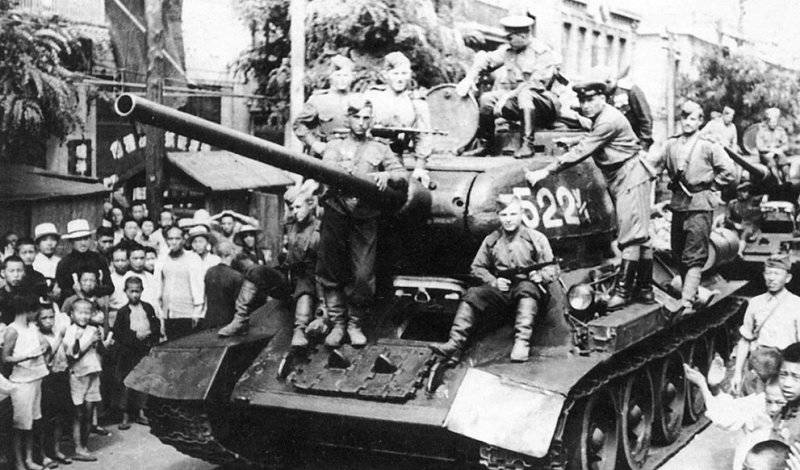
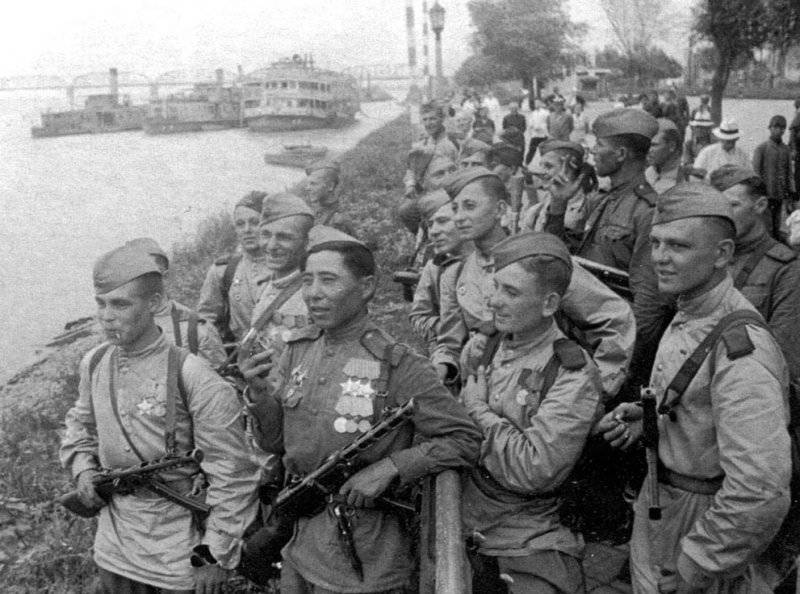
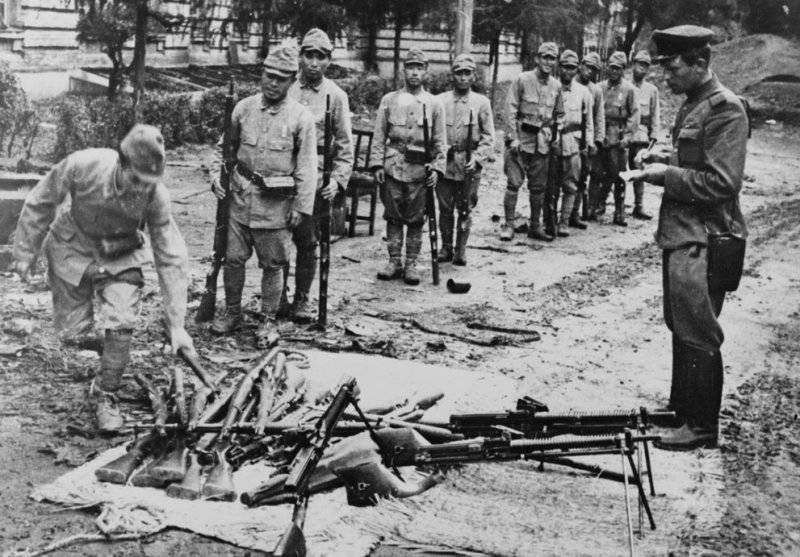
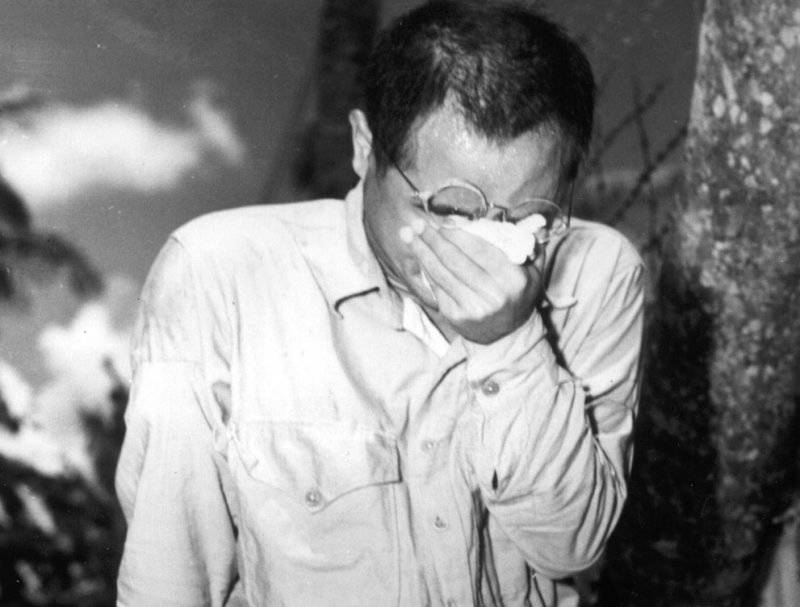
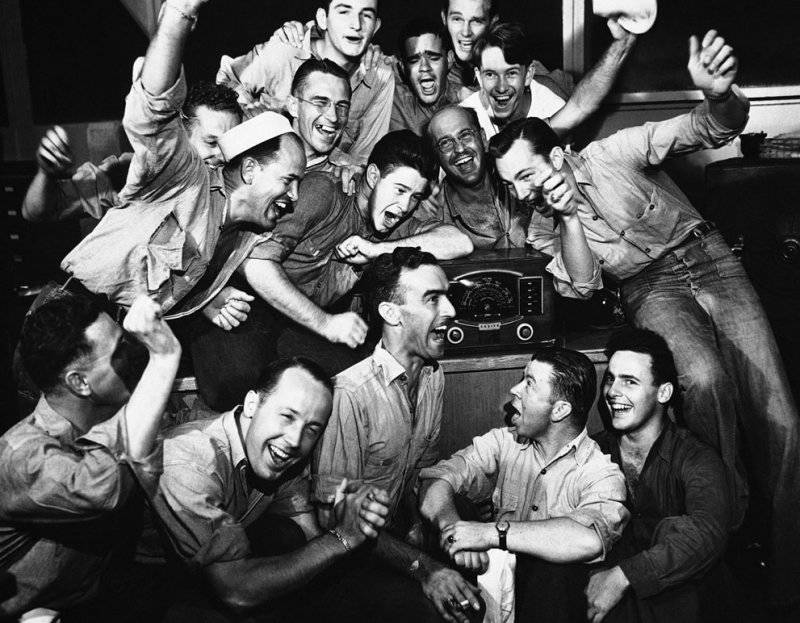
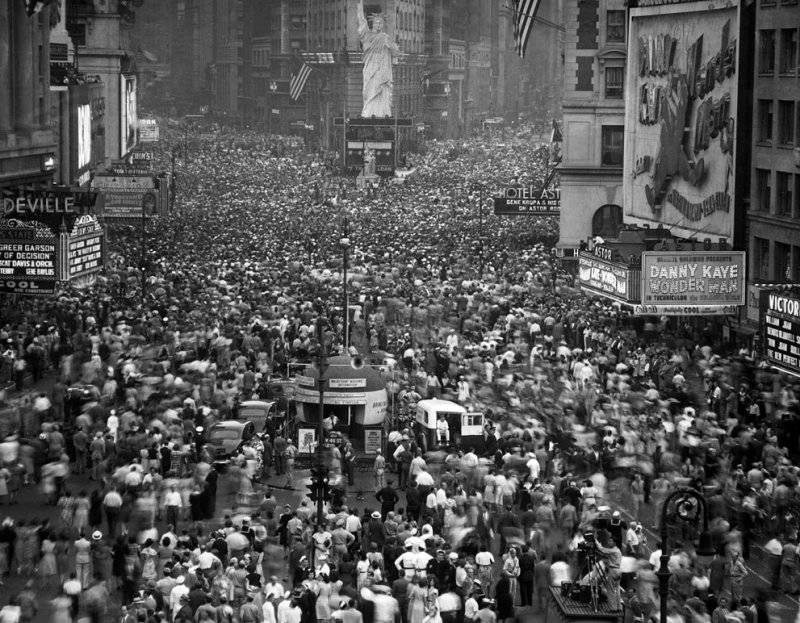
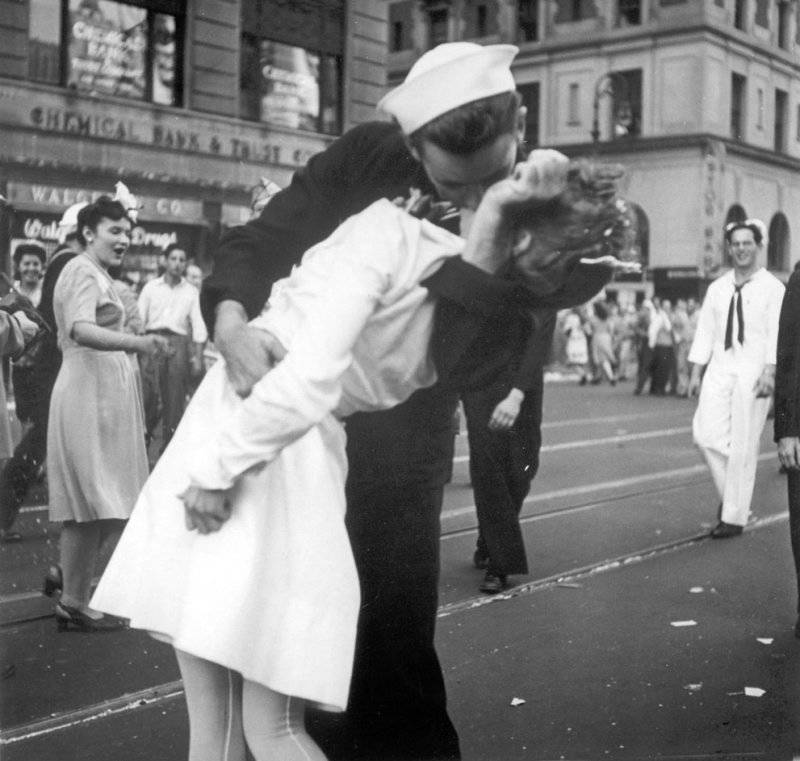
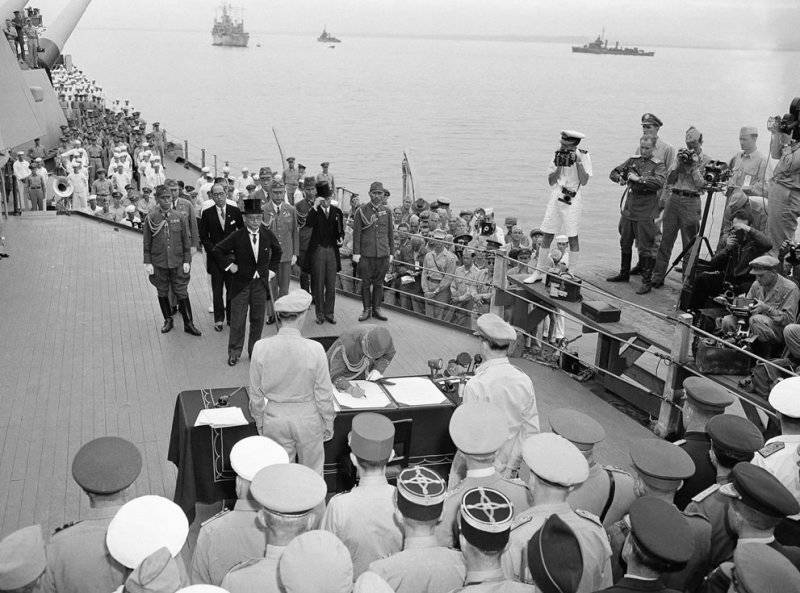
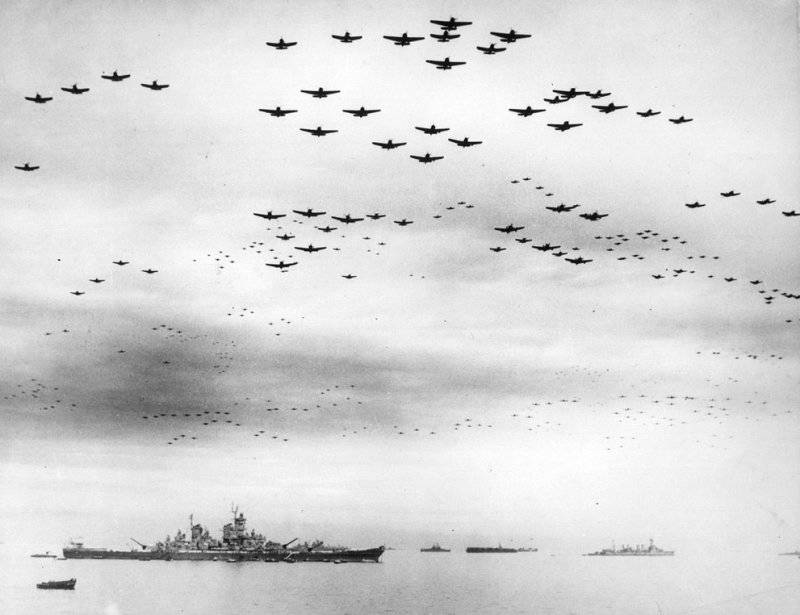
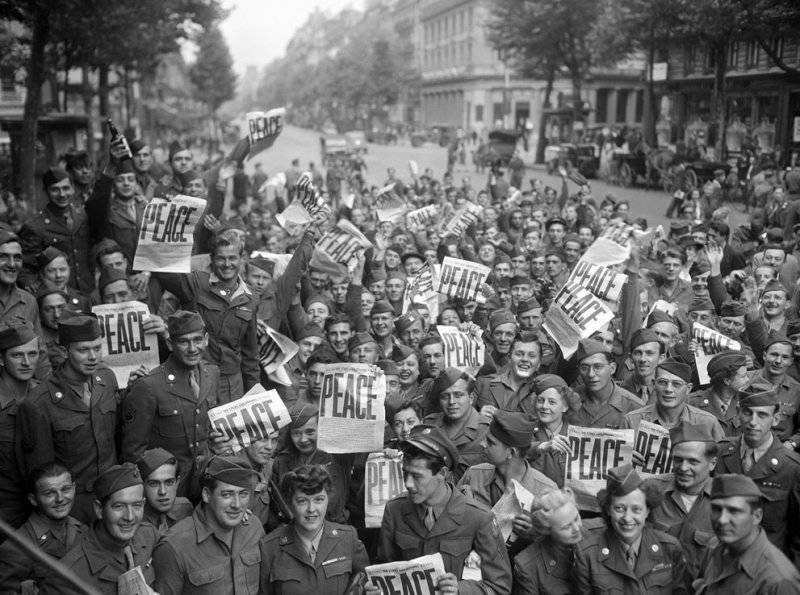
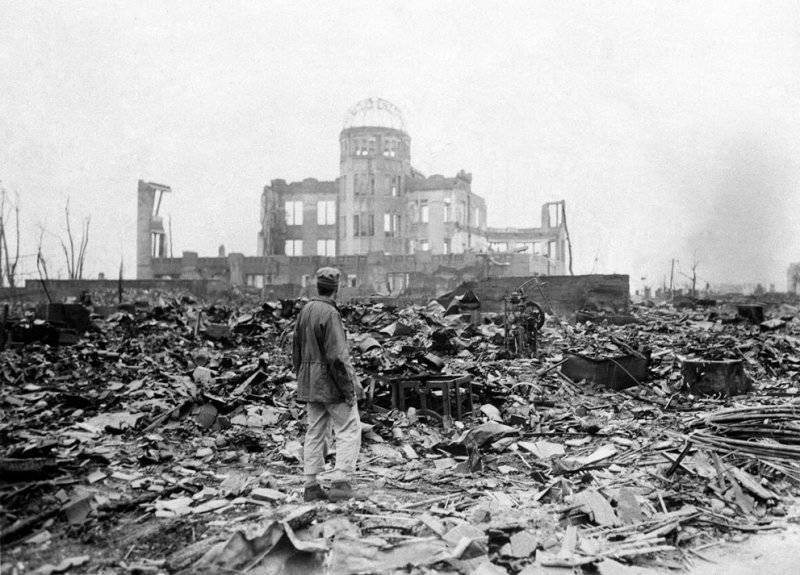
Information